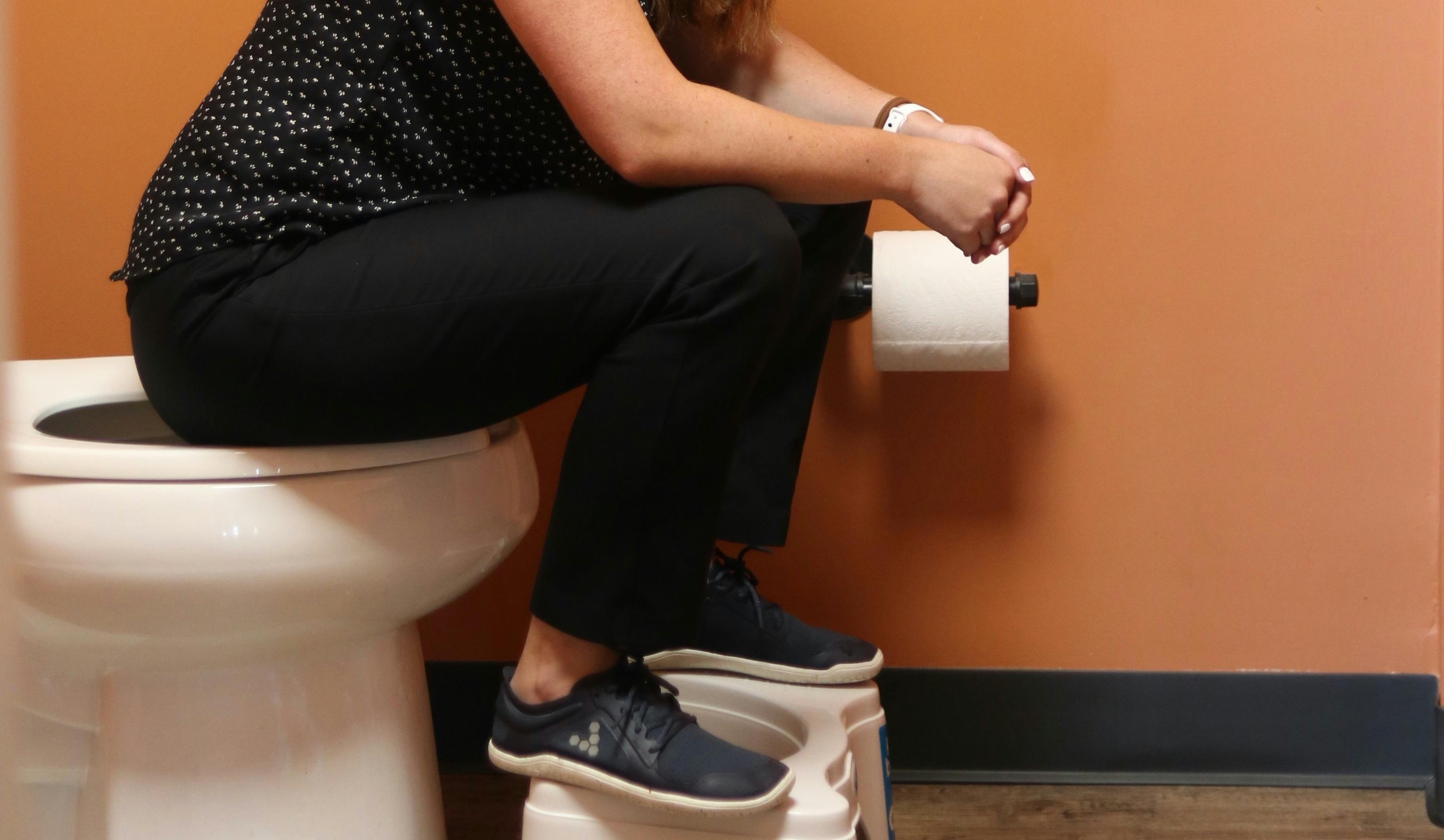
Pelvic health physical therapy focuses on coordination of the pelvic floor muscles with the entire core system. Most people may have heard that pelvic health can impact your bladder. However, did you know that your pelvic floor can also affect your bowels and bowel movements? Yes, a healthy pelvic floor can help you poop better!
Have you ever felt constipated? Constipation is defined as a condition in which stool becomes hard, dry, and difficult to pass, and bowel movements are infrequent. Tight muscles in your pelvic floor can also affect your bowel movements. If your muscles are too tight, then the stool can’t get out! The poop gets stuck and you can become constipated.
First, constipation can be driven by dietary factors. It is important to have a healthy amount of dietary fiber including soluble fiber (nuts, seeds, beans) and insoluble fiber (some vegetables, potatoes, wheat bran and nuts). Diets high in fat and processed foods can contribute to harder stool and make them difficult to pass. Additionally, hydration is important for the consistency of stool to avoid straining. Aim to drink approximately 60 oz of water daily. This helps to keep your poop soft.
Second, did you know there is an optimal position to poop? Ideally, you should have your knees above your hips. Try putting your feet on a small stool. If you don’t have a stool, be creative, reuse an old packing box or use 2 toilet paper rolls on their flat sides under each foot. Next, shift forward slightly with your hands resting on your thighs. Take a nice deep breath, opening up your rib cage. Slowly exhale and say “MOO” or “SSHH” out loud. Sounds crazy, but this pattern of exhaling can allow your pelvic muscles to lengthen and relax to allow for an easier bowel movement.
Third, the muscles in your hips, low back and pelvic floor are directly related to your bowels. If you have tension in your hips, low back or buttocks, this can affect your bowels, keeping tension around your pelvic floor and sphincter (rectal opening) and making it difficult to relax them when you are pooping. Keeping these muscles stretched and relaxed can be helpful. Try stretching your hips and low back daily. Additionally, breathing is important. Our respiratory muscle (diaphragm) and our pelvic floor muscles are directly linked. Practice breathing deeply into your ribs allowing your ribs to expand in a 360 degree pattern rather than breathing upwards into your neck while you relax your pelvic floor muscles.
Ok so, tight muscles can affect your bowels, but weak muscles can also affect your ability to poop. Did you know that you can control your pelvic floor muscles. Have you heard of a kegel? This is a muscle contraction of your pelvic floor that creates support to your pelvic organs as well as your core. Try contracting your pelvic floor…think about “closing your holes” and lightly lifting the holes inward towards your body as you breathe out. Were you able to do it? Now see if you can hold this contraction for 10 seconds. This can be helpful to practice if your muscles are weak.
If you find that any of this was difficult, painful or you feel you need more guidance… you may be a candidate for pelvic floor physical therapy. Reach out to Action Potential and one of our skilled pelvic floor therapists can help you reach your pooping goals!
